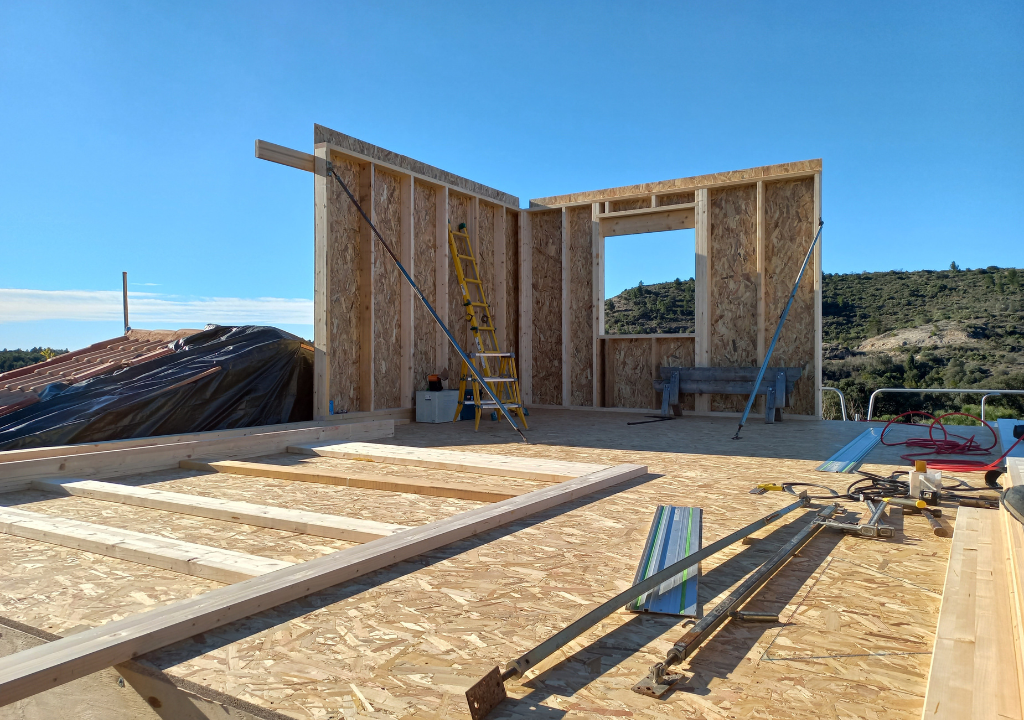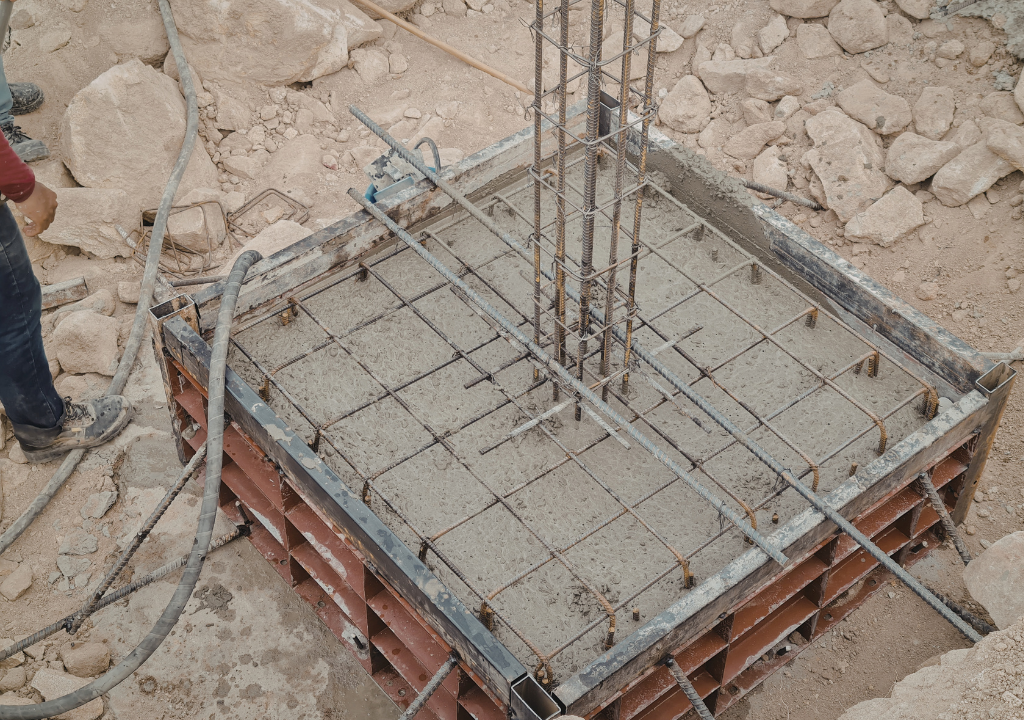ADU Knowledge
November 16, 2025
Which ADU Designs Work Best for Oregon’s Sloped Lots?

.png)
Schedule a free appointment with one of our ADU experts.
Get ADU QuoteOr call: (323) 591-3717
First of all, the best ADU designs for sloped lots use split-level layouts. These designs follow the natural slope of the land. Also, single-level buildings work well. These are placed higher on the slope. This makes building easier. Plus, it helps connect utilities. Finally, compact two-story designs are an option. However, split-level and high options cut down on digging. Furthermore, two-story designs save space. But, they might be too tall for some local rules.
In addition, sloped-lot ADUs work best with smart foundations. Designers should pair flexible floor plans with engineered foundations. For example, use piers, post-and-beam systems, or daylight basements. These solutions, consequently, limit soil disruption. They also improve water drainage. Furthermore, they make the hillside more stable. Finally, Gather ADU specializes in these custom hillside designs.
First, pier-and-beam foundations are perfect for steep lots. This is because they can adjust to the slope. They also keep digging to a minimum. Furthermore, they make utility access easier. In addition, hybrid foundations also work well. These combine a concrete slab on the lower side. They use piers or walls on the higher side. Consequently, this reduces both digging and building costs. Most importantly, it keeps the structure stable.
Effective foundation options include:
First of all, these foundation methods make utility lines easier to install. They also improve stability. Furthermore, they reduce problems with moisture. As a result, they create safer buildings on hillsides. In addition, they help with better water drainage plans. They also make it easier to reach the site during construction. Ultimately, each foundation option fits different soil types.
First of all, split-level layouts work very well for uneven terrain. This is because they follow the natural slope of the land. Also, single-story ADUs are effective. These must be built on pier-and-beam or crawlspace foundations. Unlike traditional foundations, these designs adapt to irregular ground. Consequently, they minimize digging and land leveling. Therefore, they are practical and save money.
First, these strategies create balanced interiors for the home. They also make movement and walking inside much simpler. This, consequently, improves how easy the home is to use. Furthermore, they increase natural light. They also reduce the need for major digging. In addition, they help anchor the structure more strongly. Finally, when paired with smart engineering, these layouts create durable ADUs.

To begin with, key design features include special foundations. Specifically, use stepped or pier-and-beam foundations. Also, use retaining walls. These are needed to stabilize the soil. They also help create level outdoor areas. For comfort, use split-level layouts. Furthermore, include large windows and walk-out basements. Finally, accessible design is important. These features improve light and the flow inside the home.
First of all, these upgrades reduce soil erosion. They also stop water from getting inside the home. Furthermore, they make the whole building stronger. Consequently, they support long-term safety. They also cut down on the need for repairs. Plus, they increase comfort. Finally, when used together, these features create healthier homes.
First, effective solutions include French drains. These drains redirect water away from the home. Also, use swales or channels to control water runoff. Furthermore, retaining walls are needed. These walls stop erosion. They also create level areas. In addition, sump pumps collect water from uphill spots.
Key utility and drainage strategies include:
Overall, these options protect the building site. They also reduce damage from water or moisture. Furthermore, they support reliable, long-term ADU performance. You must understand and implement ADU. In addition, they help keep the hillside stable. They also cut down on the need for repairs. Therefore, proper planning is key. It ensures each solution fits the soil. It also aligns with the slope angles. Finally, it matches city drainage rules for lasting results.

First, for ADUs on steep sites, pier-and-beam foundations offer stability. Also, retaining walls are needed to stop soil erosion. Next, durable materials ensure strength. These include steel framing, fiber-cement siding, and insulated concrete forms (ICFs). In addition, careful planning is vital. This planning covers access, utilities, and water drainage.
Reliable hillside materials include:
First of all, these materials make hillside ADUs much stronger. They also reduce damage from weather. Furthermore, they improve comfort in every season. In addition, they lead to quieter inside spaces. They also ensure reliable performance. Therefore, choosing these materials carefully supports long-term strength. Finally, this ensures each ADU remains sturdy and efficient. It is also well protected against difficult environmental conditions.

First of all, managing a steep-lot ADU project can feel too difficult. This is because slopes need special engineering. They also require exact drainage plans. Furthermore, permits are often complex. Consequently, many homeowners struggle to understand all these rules. This makes planning with confidence hard. Ultimately, these challenges often slow down progress. They also increase stress.
Gather ADU simplifies every step. We offer custom hillside designs. We also provide engineered foundations. Furthermore, we create layouts that are ready for slopes. In addition, we help with all the permits. Our team gives you clarity and structural confidence. We deliver modern design solutions. Ultimately, we turn difficult slopes into useful ADU living spaces. We guide homeowners from the start to the end.
First of all, building on sloped lots costs more money. This is because the foundations are complex. Also, the grading and drainage are harder. Furthermore, more engineering work is needed. Therefore, careful planning helps. It reduces unexpected costs and delays. In addition, working with experienced teams is best.
First of all, steep-lot ADUs may take longer to build. This is because city reviewers must check many things. They look at engineering plans. They also check retaining walls. Furthermore, they evaluate hillside stability. Therefore, submitting all documents early avoids delays. In addition, a coordinated team is helpful.
Yes, many sloped-lot ADUs achieve a level entry. This is done by placing doors on the uphill side. It can also be done by using small retaining walls. These methods help keep the entry flat. This happens without too much digging. Furthermore, proper design ensures smooth entry. It also enhances safety.
First, daylight-basement ADUs work well on hillside properties. This is because they follow the natural slope of the land. They also reduce the amount of digging needed. Furthermore, they improve energy efficiency. In addition, they add useful space. This space has better insulation and stability.
First of all, steep-lot ADUs must solve several problems. They need to address soil movement. Also, they must control water drainage. Furthermore, they need strong structural anchoring. They also require foundation reinforcement. Therefore, engineers must check the slope conditions.
.png)
Not sure where to start with your ADU project?